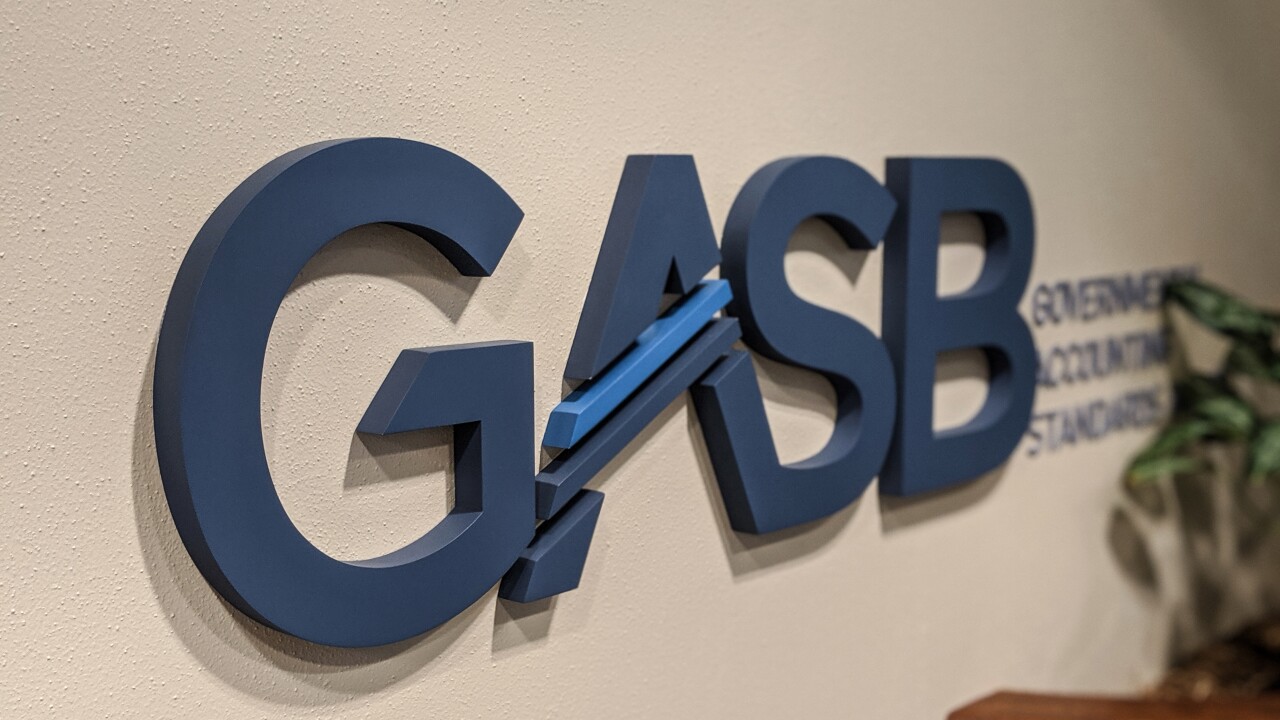Milwaukee’s proposed $1.5 billion
The general obligation rating downgrade to A from AA-minus comes ahead of the city’s sale of $180 million of revenue anticipation notes set for Oct. 1 on behalf of Milwaukee Public Schools. It’s an annual sale for cash flow purposes.

“The downgrades reflect our view of the continued erosion of the city's available reserves, which have declined substantially in recent years because of weakened operational performance," said S&P analyst David Smith.
Even after the Sept. 16 downgrade, the rating agency assigned a negative outlook due to “continued fiscal pressures driven by the COVID-19 pandemic and recession and an ongoing stagnant revenue environment….posing the risk of further credit deterioration,” S&P said.
S&P also lowered to A-minus from A-plus the city’s outstanding sewerage revenue bonds that are backed by an annual appropriation. The sewer bonds were placed on CreditWatch with developing implications.
Fitch Ratings affirmed the city’s AA-minus general obligation rating and negative outlook which applies to about $870 million of debt. Moody’s Investors Service rates Milwaukee at the A1 level with a negative outlook.
Comptroller Aycha Sawa, whose office manages city borrowing, believes S&P went too far.
“Over the years, we have discussed with S&P the cyclical nature of the city’s fund balances. In addition, the city's major revenue sources are stable, which has the city in a better position than many other large cities which rely heavily upon revenues which have been substantially impacted by COVID-19,” Sawa said in a statement.
“A multiple notch downgrade and maintaining the negative outlook, in our opinion, does not accurately portray the city's ability and willingness to repay its existing and future debt obligations,” Sawa said.
Sawa, who was the deputy comptroller, was elected in April to replace Martin Matson, who did not seek a third term.
Mayor Tom Barrett acknowledged the downgrade in his budget address this week. This year “has emerged as the year when our budget challenges have reached a crescendo,” Barrett said. “I knew we knew we were going to face serious challenges with pension costs, employee healthcare and structural and fiscal issues. The pandemic and economic tsunami have made it much worse.”
S&P “confirmed how substantial our fiscal challenges are when it cut our bond rating by not one, but two notches,” Barrett said, blaming some of the city’s fiscal challenges squarely on the state for stagnant state shared revenue levels over the last 18 years and the failure of the legislature to give Milwaukee County the ability to raise the sales tax that local municipalities share.
Rising pension contributions are also contributing to city budget pressures. The city’s $71 million payment in the current budget is expected to rise to about $170 million in 2023 with payments around $180 million annually through 2027. The budget earmarks $8 million for a pension reserve fund to help the looming hike that currently holds $34 million.
The city’s largest plan has a $1.1 billion net pension liability and funded ratio of 79% rising from $303 million last year after the discount rate was lowered to 7.50% from 8.24%.
“Under current fiscal conditions, increases to the reserve fund will not be sufficient to avoid significant service reductions, including reductions to Police and Fire services, in order to fund the pension contribution,” the budget warns.
The budget proposal cuts 120 sworn police positions although no layoffs are expected as the positions will simply not be filled in a move “mandated by our current budget reality,” Barrett said.
The city’s property tax levy for the 2021 budget totals $299.2 million, an increase of $8.2 million or 2.81% from the 2020 levy. The budget would also raise the "wheel tax" vehicle registration fee to generate $30 million annually and impose a new lighting fee to generate $10.5 million annually for street light maintenance.
S&P said persistent deficits were often addressed when city budgets were closed out with surpluses but that’s changed in recent years and the “inability of the city to generate consistent year-over-year revenue growth the past few years is concerning.”
Milwaukee used $16 million in reserves last year, then outperforming the budget by only $2 million. The city’s 2020 budget anticipated a $10 million gap but that’s grown by $30 million due to the pandemic tax hit.
Spending cuts and a portion of the city’s $103 million in CARES Act aid and $40 million in grants that can go to cover some essential employee salaries will close the $30 million, leaving the expected draw on reserves at $10 million. The proposed 2021 budget anticipates a $5 million shortfall.
The city enjoys strong liquidity with available cash at 33% of expenses and 1.7 times debt service coverage.
S&P said while the city's local economy and employment base is fairly well-diversified and not concentrated in sectors of the economy especially at risk due to the pandemic, it did suffer last month when the Democratic National Convention canceled the in-person convention at the city’s convention center.
Fitch goes easier on Milwaukee for reserve draws but it too has a warning for the city moving forward.
“Fitch believes the city's financial flexibility is bolstered by the public debt-amortization fund that mitigates to a degree the impact of the recent draws on reserves,” analysts wrote. “The inability to implement a plan to rebuild reserves once recovery from the pandemic-related recession takes hold may result in a downgrade.”





